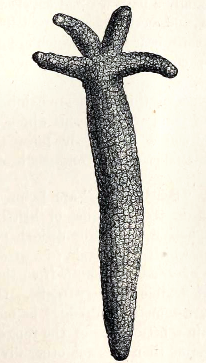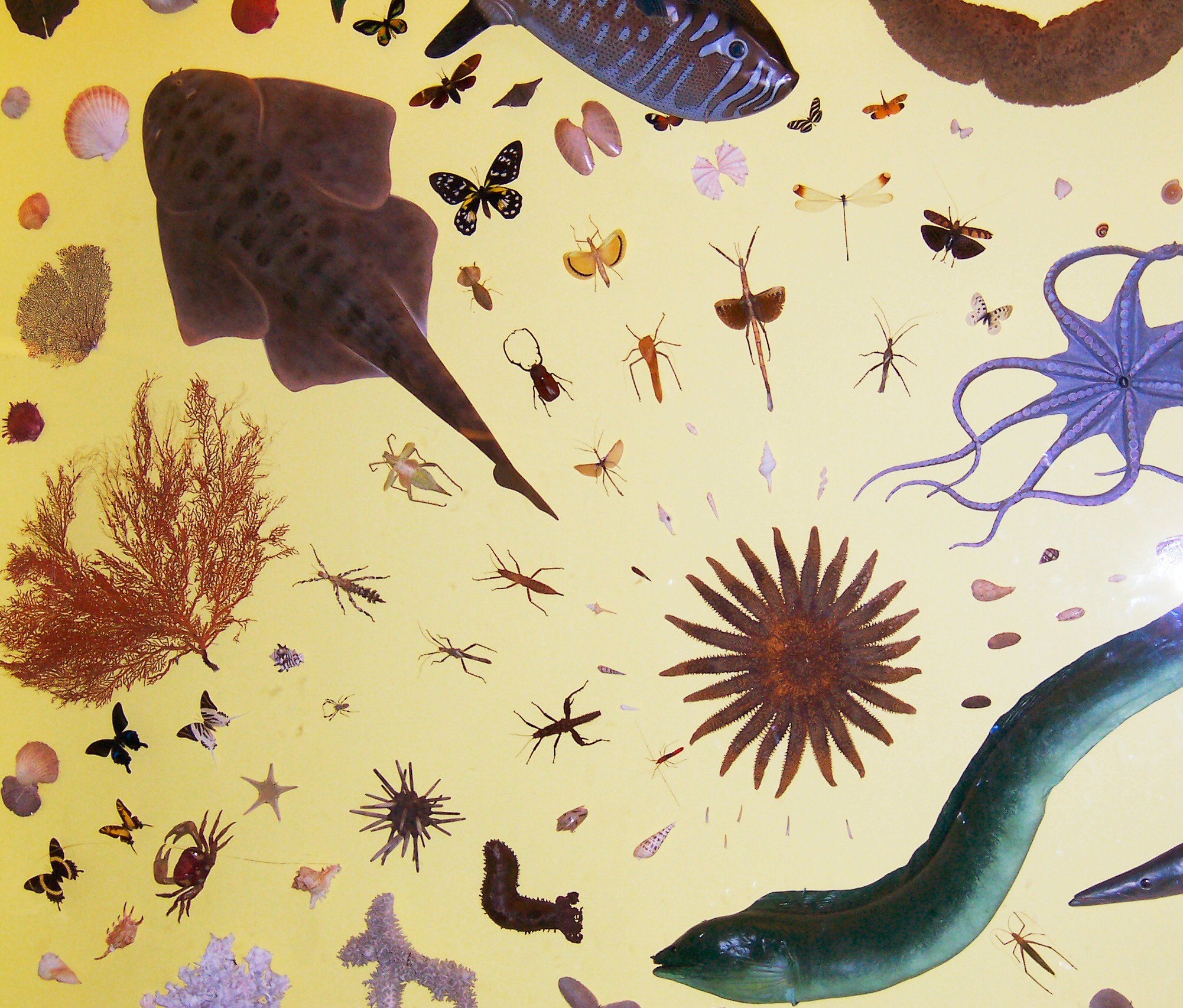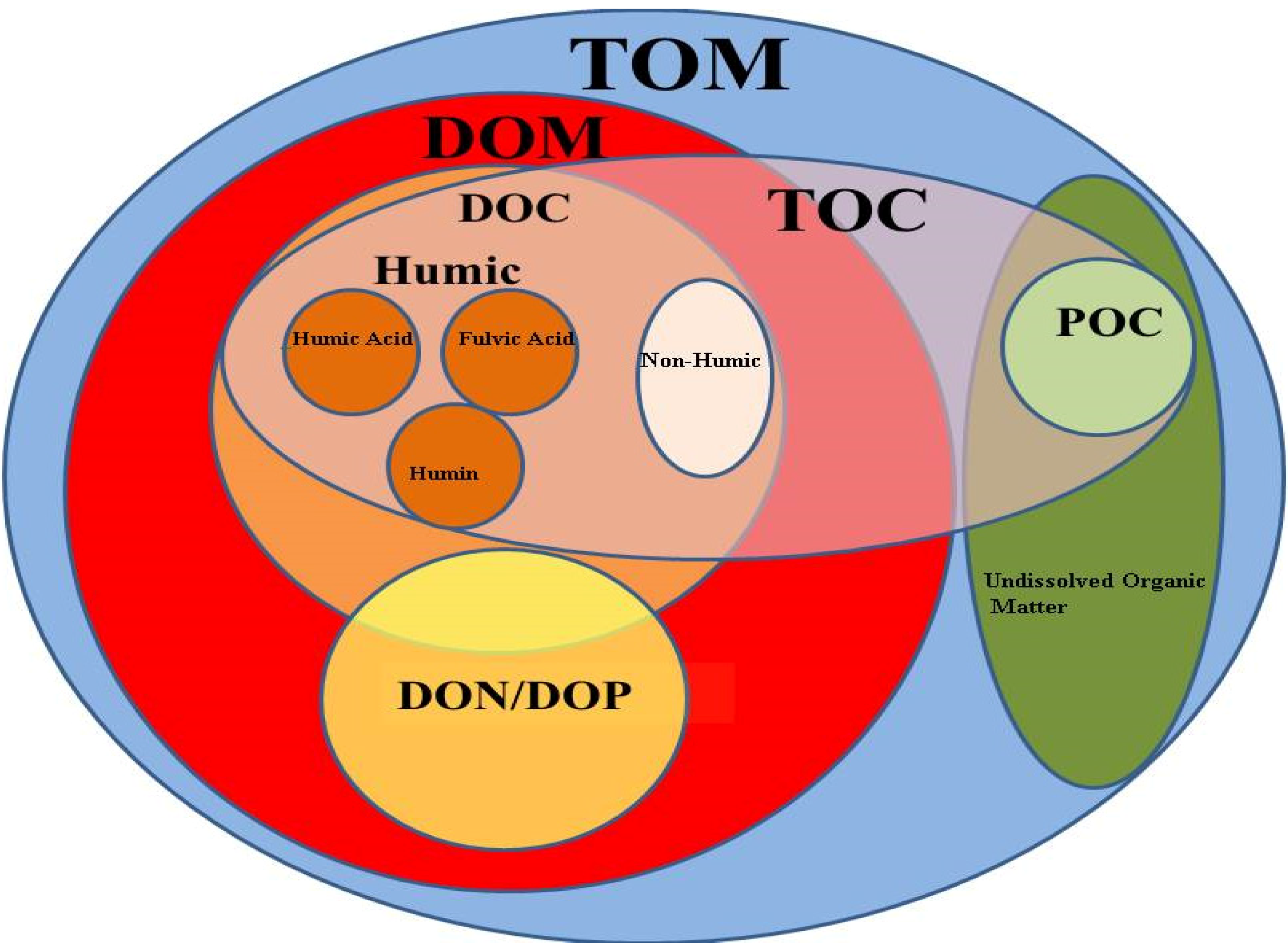|
Stereom
Stereom is a calcium carbonate material that makes up the internal skeletons found in all echinoderms, both living and fossilized forms. It is a sponge-like porous structure which, in a sea urchin may be 50% by volume living cells, and the rest being a matrix of calcite crystals. The size of openings in stereom varies in different species and in different places within the same organism. When an echinoderm becomes a fossil, microscopic examination is used to reveal the structure and such examination is often an important tool to classify the fossil as an echinoderm or related creature. Evolution Stereom was the first form of biomineralization to evolve in deuterostomes, predating the evolution of spicules in tunicates and bone in vertebrates. Stereom likely evolved before other distinctive traits of echinoderms, such as radial symmetry, as it is present in basal echinoderms with bilaterally symmetric or asymmetric body plans. Stereom may have evolved alongside a transition in ocean ... [...More Info...] [...Related Items...] OR: [Wikipedia] [Google] [Baidu] |
Calcichordate Hypothesis
The calcichordate hypothesis, formulated by British Museum paleontologist Richard Jefferies, holds that each separate lineage of chordate ( Cephalochordates, Urochordates, Craniates) evolved from its own lineage of mitrate, and thus the echinoderms and the chordates are sister groups, with the hemichordates as an out-group. It has been disproven by the discovery that the "tail" of Stylophorans contains a water vascular system, ambulacrum, and tube feet. However, the clade Olfactores was first proposed as part of the calcichordate theory, and has since been validated through genetic sequencing, albeit without the involvement of mitrates. Details The carpoids Cornuta and Mitrata are grouped together in a clade called Calcichordata. Cornutes and mitrates are viewed as sister groups, and mitrates represent stem group chordates. The mitrates (and thus the chordates) are all Dexiothetes, dexiothetism being a synapomorphy for the clade. Hypothetical phylogeny In the evolution o ... [...More Info...] [...Related Items...] OR: [Wikipedia] [Google] [Baidu] |
Echinoderm
An echinoderm () is any animal of the phylum Echinodermata (), which includes starfish, brittle stars, sea urchins, sand dollars and sea cucumbers, as well as the sessile sea lilies or "stone lilies". While bilaterally symmetrical as larvae, as adults echinoderms are recognisable by their usually five-pointed radial symmetry (pentamerous symmetry), and are found on the sea bed at every ocean depth from the intertidal zone to the abyssal zone. The phylum contains about 7,600 living species, making it the second-largest group of deuterostomes after the chordates, as well as the largest marine-only phylum. The first definitive echinoderms appeared near the start of the Cambrian. Echinoderms are important both ecologically and geologically. Ecologically, there are few other groupings so abundant in the deep sea, as well as shallower oceans. Most echinoderms are able to reproduce asexually and regenerate tissue, organs and limbs; in some cases, they can undergo ... [...More Info...] [...Related Items...] OR: [Wikipedia] [Google] [Baidu] |
Echinoderm Anatomy
An echinoderm () is any animal of the phylum Echinodermata (), which includes starfish, brittle stars, sea urchins, sand dollars and sea cucumbers, as well as the sessile sea lilies or "stone lilies". While bilaterally symmetrical as larvae, as adults echinoderms are recognisable by their usually five-pointed radial symmetry (pentamerous symmetry), and are found on the sea bed at every ocean depth from the intertidal zone to the abyssal zone. The phylum contains about 7,600 living species, making it the second-largest group of deuterostomes after the chordates, as well as the largest marine-only phylum. The first definitive echinoderms appeared near the start of the Cambrian. Echinoderms are important both ecologically and geologically. Ecologically, there are few other groupings so abundant in the deep sea, as well as shallower oceans. Most echinoderms are able to reproduce asexually and regenerate tissue, organs and limbs; in some cases, they can undergo complete reg ... [...More Info...] [...Related Items...] OR: [Wikipedia] [Google] [Baidu] |
Calcium Carbonate
Calcium carbonate is a chemical compound with the chemical formula . It is a common substance found in Rock (geology), rocks as the minerals calcite and aragonite, most notably in chalk and limestone, eggshells, gastropod shells, shellfish skeletons and pearls. Materials containing much calcium carbonate or resembling it are described as calcareous. Calcium carbonate is the active ingredient in agricultural lime and is produced when calcium ions in hard water react with carbonate ions to form limescale. It has medical use as a calcium supplement or as an antacid, but excessive consumption can be hazardous and cause hypercalcemia and digestive issues. Chemistry Calcium carbonate shares the typical properties of other carbonates. Notably, it: *reacts with acids, releasing carbonic acid which quickly disintegrates into carbon dioxide and water: : *releases carbon dioxide upon heating, called a thermal decomposition reaction, or calcination (to above 840 °C in the case of ), t ... [...More Info...] [...Related Items...] OR: [Wikipedia] [Google] [Baidu] |
Calcite
Calcite is a Carbonate minerals, carbonate mineral and the most stable Polymorphism (materials science), polymorph of calcium carbonate (CaCO3). It is a very common mineral, particularly as a component of limestone. Calcite defines hardness 3 on the Mohs scale of mineral hardness, based on Scratch hardness, scratch hardness comparison. Large calcite crystals are used in optical equipment, and limestone composed mostly of calcite has numerous uses. Other polymorphs of calcium carbonate are the minerals aragonite and vaterite. Aragonite will change to calcite over timescales of days or less at temperatures exceeding 300 °C, and vaterite is even less stable. Etymology Calcite is derived from the German , a term from the 19th century that came from the Latin word for Lime (material), lime, (genitive ) with the suffix ''-ite'' used to name minerals. It is thus a Doublet (linguistics), doublet of the word ''wikt:chalk, chalk''. When applied by archaeology, archaeologists and ... [...More Info...] [...Related Items...] OR: [Wikipedia] [Google] [Baidu] |
Fossil
A fossil (from Classical Latin , ) is any preserved remains, impression, or trace of any once-living thing from a past geological age. Examples include bones, shells, exoskeletons, stone imprints of animals or microbes, objects preserved in amber, hair, petrified wood and DNA remnants. The totality of fossils is known as the ''fossil record''. Though the fossil record is incomplete, numerous studies have demonstrated that there is enough information available to give a good understanding of the pattern of diversification of life on Earth. In addition, the record can predict and fill gaps such as the discovery of '' Tiktaalik'' in the arctic of Canada. Paleontology includes the study of fossils: their age, method of formation, and evolutionary significance. Specimens are sometimes considered to be fossils if they are over 10,000 years old. The oldest fossils are around 3.48 billion years to 4.1 billion years old. Early edition, published online before prin ... [...More Info...] [...Related Items...] OR: [Wikipedia] [Google] [Baidu] |
Bone
A bone is a rigid organ that constitutes part of the skeleton in most vertebrate animals. Bones protect the various other organs of the body, produce red and white blood cells, store minerals, provide structure and support for the body, and enable mobility. Bones come in a variety of shapes and sizes and have complex internal and external structures. They are lightweight yet strong and hard and serve multiple functions. Bone tissue (osseous tissue), which is also called bone in the uncountable sense of that word, is hard tissue, a type of specialised connective tissue. It has a honeycomb-like matrix internally, which helps to give the bone rigidity. Bone tissue is made up of different types of bone cells. Osteoblasts and osteocytes are involved in the formation and mineralisation of bone; osteoclasts are involved in the resorption of bone tissue. Modified (flattened) osteoblasts become the lining cells that form a protective layer on the bone surface. The mine ... [...More Info...] [...Related Items...] OR: [Wikipedia] [Google] [Baidu] |
Radial Symmetry
Symmetry in biology refers to the symmetry observed in organisms, including plants, animals, fungi, and bacteria. External symmetry can be easily seen by just looking at an organism. For example, the face of a human being has a plane of symmetry down its centre, or a pine cone displays a clear symmetrical spiral pattern. Internal features can also show symmetry, for example the tubes in the human body (responsible for transporting gases, nutrients, and waste products) which are cylindrical and have several planes of symmetry. Biological symmetry can be thought of as a balanced distribution of duplicate body parts or shapes within the body of an organism. Importantly, unlike in mathematics, symmetry in biology is always approximate. For example, plant leaves – while considered symmetrical – rarely match up exactly when folded in half. Symmetry is one class of patterns in nature whereby there is near-repetition of the pattern element, either by reflection or rotation. W ... [...More Info...] [...Related Items...] OR: [Wikipedia] [Google] [Baidu] |
Ocean Chemistry
Marine chemistry, also known as ocean chemistry or chemical oceanography, is the study of the chemical composition and processes of the world’s oceans, including the interactions between seawater, the atmosphere, the seafloor, and marine organisms. This field encompasses a wide range of topics, such as the cycling of elements like carbon, nitrogen, and phosphorus, the behavior of trace metals, and the study of gases and nutrients in marine environments. Marine chemistry plays a crucial role in understanding global biogeochemical cycles, ocean circulation, and the effects of human activities, such as pollution and climate change, on oceanic systems. It is influenced by plate tectonics and seafloor spreading, turbidity, currents, sediments, pH levels, atmospheric constituents, metamorphic activity, and ecology. The impact of human activity on the chemistry of the Earth's oceans has increased over time, with pollution from industry and various land-use practices significantly aff ... [...More Info...] [...Related Items...] OR: [Wikipedia] [Google] [Baidu] |
Aragonite Sea
An aragonite sea contains aragonite and high-magnesium calcite as the primary inorganic calcium carbonate precipitates. The reason lies in the highly hydrated divalent ion, the second most abundant cation in seawater after , known to be a strong inhibitor of crystallization at the nucleation stage. The chemical conditions of the seawater must be notably high in magnesium content relative to calcium (high Mg/Ca ratio) for an aragonite sea to form. This is in contrast to a calcite sea in which seawater low in magnesium content relative to calcium (low Mg/Ca ratio) favors the formation of low-magnesium calcite as the primary inorganic marine calcium carbonate precipitate. The Early Paleozoic and the Middle to Late Mesozoic oceans were predominantly calcite seas, whereas the Middle Paleozoic through the Early Mesozoic and the Cenozoic (including today) are characterized by aragonite seas. Aragonite seas occur due to several factors, the most obvious of these is a high seawater M ... [...More Info...] [...Related Items...] OR: [Wikipedia] [Google] [Baidu] |
Calcite Sea
A calcite sea is a sea in which low-magnesium calcite is the primary inorganic marine calcium carbonate precipitate. An aragonite sea is the alternate seawater chemistry in which aragonite and high-magnesium calcite are the primary inorganic carbonate precipitates. The Early Paleozoic and the Middle to Late Mesozoic oceans were predominantly calcite seas, whereas the Middle Paleozoic through the Early Mesozoic and the Cenozoic (including today) are characterized by aragonite seas. The most significant geological and biological effects of calcite sea conditions include rapid and widespread formation of carbonate hardgrounds, calcitic ooids, calcite cements, and the contemporaneous dissolution of aragonite shells in shallow warm seas. Hardgrounds were very common, for example, in the calcite seas of the Ordovician and Jurassic, but virtually absent from the aragonite seas of the Permian. Fossils of invertebrate organisms found in calcite sea deposits are usually dominated by eit ... [...More Info...] [...Related Items...] OR: [Wikipedia] [Google] [Baidu] |
Cambrian Stage 2
Stage 2 of the Cambrian is the unnamed upper stage of the Terreneuvian Series. It lies atop the Fortunian and below Stage 3 of the Cambrian. It is commonly referred to as the Tommotian, after the Cambrian stratigraphy of Siberia. Neither the upper nor lower boundary has yet been defined by the International Commission on Stratigraphy. The preferred definitions for the lower boundary are the first appearance of the molluscs '' Watsonella crosbyi'' or '' Aldanella attleborensis'' around million years ago. The correlation between the lowest occurrences of ''A. attleborensis'' and ''W. crosbyi'' with the Zhujiaqing positive carbon isotope excursion (ZHUCE) has led to the conclusion that the combination of these two markers are a reliable indicator of the boundary between the Fortunian and Stage 2. The proposed upper boundary might be the first appearance of trilobites around million years ago. Naming The name "Laolinian" after the Laolin village in Yunnan, China, was proposed for th ... [...More Info...] [...Related Items...] OR: [Wikipedia] [Google] [Baidu] |







